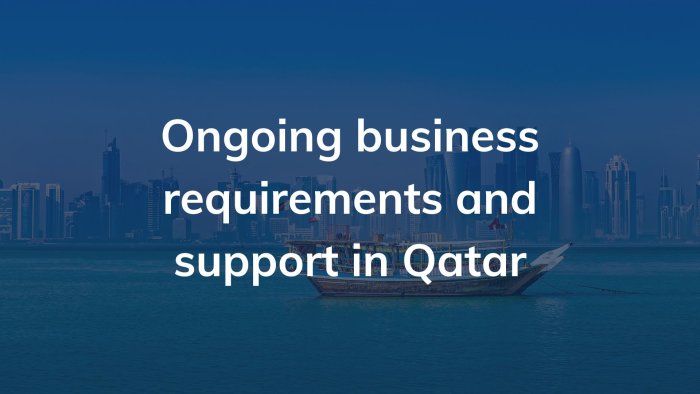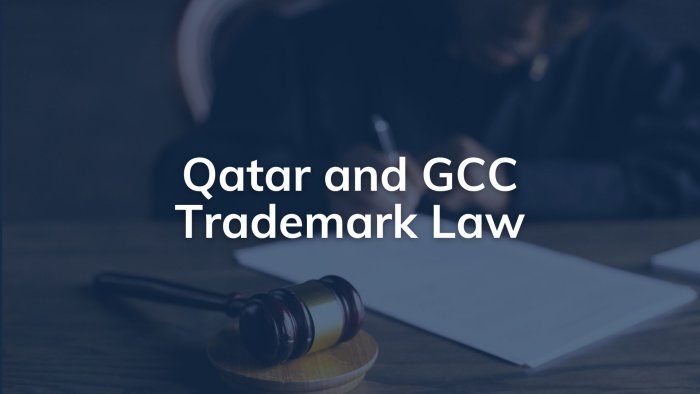Qatar Company Setup & Registration
PRO Partner Group Qatar provides foreign investors with a complete Qatar company formation solution and this begins with identifying the correct legal entity or corporate service for your business.
Limited Liability Company (LLC)
Cost to set up an LLC in Qatar
The costs will vary depending on where you choose to establish your licence. Setting up your business in a Free Zone offers advantages with 100% ownership but not necessarily office rental costs. QFC has an application fee and annual fee and you are required to take offices approved by QFC.
As per Qatari law, Limited Liability Companies are required to have a local Qatari partner who will own 51% of the company’s shares and the foreign partner will own the remaining 49%. The most common form of a mainland business is a LLC. The cost of setting up a mainland business depends upon various factors, including business activity, number of employees and commercial space. Read more >>
Timeline to set up a LLC in Qatar
The time taken to incorporate a LLC Company in Qatar depends greatly on the complexity of the business to be incorporated. A primary time factor in establishing a LLC, is whether or not the 49% shareholding is to be held by a ‘parent company’ or by ‘individual(s)’. At PRO Partner Group our experienced team of Consultants and Government Liaison Officers will ensure that the process is managed efficiently, whatever the size or scale of your business.
Documents required for Qatar Trade licence
You can proceed to apply for a commercial permit or trade licence once the commercial registration has been issued. The permit is valid for a period of one year and is renewable.
The following documents are required:
- Copy of the identification card of the authorised person
- Rental agreement
- Copy of the commercial registration
- A signboard with the brand name, which should not exceed 120cm in height
- A copy of the commercial permit for the main branch, if applying for a branch
- Building completion certificate
- Payment of fees
The LLC documents will detail the following information - Company type, name, purpose, and office location
- Partners’ names, nationalities, residences, and addresses
- Amount of capital share of each partner, in-kind shares, their value
- Names and nationalities of company’s managers, whether they are partners, or if their names are mentioned in the incorporation documents of the company
- Names of the members of the supervisory board
- Duration of the company
- Distribution method of profits and losses
- Assignment of shares conditions
- Form to be followed in company’s notifications to the partners
How do I set up a company bank account in Qatar
Whilst bank account opening is not a mandatory requirement for new companies without staff, it is strongly advised that you look to open a local company bank account as soon as possible. It is beneficial not only for local business transactions but also once a company does have staff, they will be paid through the Wage Protection System (WPS) banking system. Failure to do so will result in a block against the company. There are many local Banks to choose from, most of which offer competitive commercial rates. Read More >>
What are the Local Partner options in Qatar
As per Companies Law in Qatar, if you wish to set up a LLC, you will require a local partner. PRO Partner Group (PPG) Qatar (trading as Venture Partner Qatar – VPQ), as a 100% Qatari owned company, can act as a corporate nominee shareholder in the LLC. Having a corporate rather than individual Qatari partner offers numerous advantages and protections to the foreign investor. The corporate nominee model provides effective 100% control for the 49% shareholder over the day-to-day management of the LLC in Qatar – with full control of Revenue, P&L, staff, IP, assets and provides a clear sale/exit/transfer strategy if required.
Can I obtain 100% foreign ownership in Qatar
For companies in Qatar, it is now possible to have 100% foreign ownership. Qatar has been developing its business landscape in recent years to align with its ambitious Vision 2023 goals, to move away from its economic reliance on the oil and energy sectors. The transformative milestone in Qatar’s business environment proves to investors that Qatar is committed to being more flexible and autonomous. Read More >>
Trade name registration in Qatar
The fee for reserving a trade name is QAR 1000, with an additional QAR 500 for names written in English and an extra QAR 1000 for trademark names.
What commercial space is required for businesses to set up in Qatar (Office spaces in Qatar)
All operating companies in Qatar are required to have a commercial lease to obtain their Trade Licence. To set up a business in Qatar, you would need a physical office space which will be determined by your business and licensing requirements.
Read More >>
Download our below free guide on setting up and Doing Business in Qatar:




































































